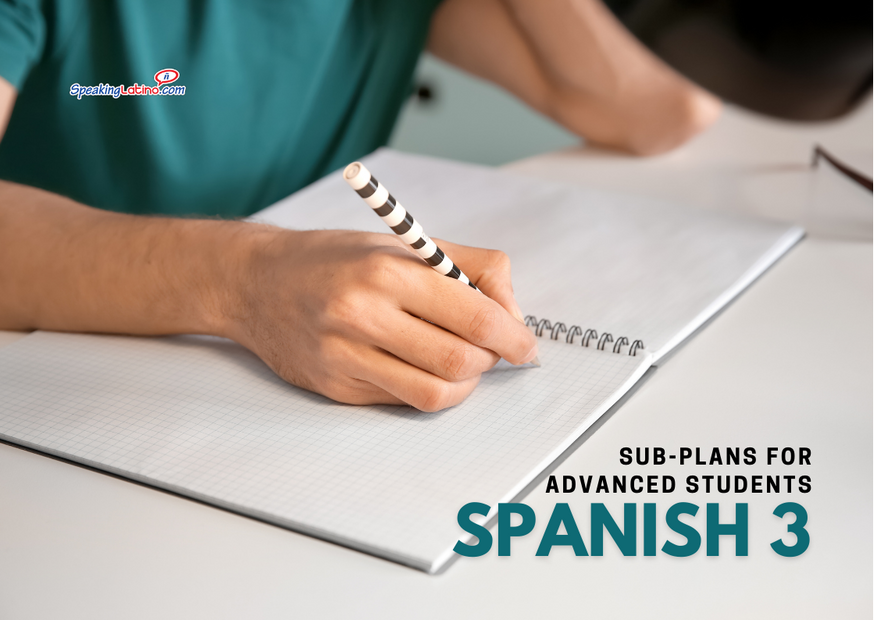
Spanish for advanced students requires in-depth knowledge of the language and culture, so finding sub-teachers is difficult.
When creating a Spanish substitute lesson plan for advanced students, it is important to keep in mind the specific needs of your classes. Advanced students require more challenging material and activities than those designed for beginner or intermediate Spanish language students. When designing your sub-plan, you should incorporate, when possible, the four skills of language acquisition – reading, writing, listening, and speaking – as well as implement activities that will help enhance your student’s understanding of the language.
1. Consider using authentic materials into the lesson plan, such as videos and texts in Spanish. This will help challenge students by immersing them in the real language used by native speakers.
2. Utilize a variety of activities that encourage collaboration and dialogue between students, like small group discussions or interactive games.
3. Engage students with topics that are interesting to them and relevant to their lives, such as current events or cultural topics.
4. Include opportunities for extended practice and review of previously-taught content throughout the lesson plan, such as summaries or reviews of keywords and phrases.
Spanish Sub-Plans for Advanced High School Students
We have a variety of substitute lesson plans available for teachers of higher-level Spanish classes that don’t require a sub-teacher to speak the language. These lesson plans provide you with an opportunity to broaden your range of teaching materials and resources.
Below we will explore twelve different substitute lesson plans designed specifically for advanced Spanish learners. From engaging projects to interactive activities, each lesson plan offers continuity to your teaching while you are away. Each option is designed to stimulate active learning while exploring the language and culture in greater detail than introductory courses. Whether you’re looking to expand your own skillset or provide your students with exciting new ways to learn Spanish, these substitute lesson plans are sure to inspire you.
 Education in Guatemala Sub-Plan
Education in Guatemala Sub-Plan
After listening to an interview with a Guatemalan high school student, students will show their comprehension by creating a One Pager representing the interview’s main ideas and reflecting on the information.
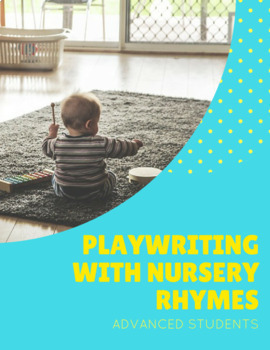 Playwriting with Nursery Rhymes
Playwriting with Nursery Rhymes
By the end of this activity, students will be able to interpret nursery rhymes in the form of a play they will write in Spanish. Students will have collaborated on scriptwriting, costume design, and staging decisions.
 Rancheras Mexican Musical Tradition – Substitute Lesson Plan for Advanced Students
Rancheras Mexican Musical Tradition – Substitute Lesson Plan for Advanced Students
Students learn about rancheras, a genre of traditional Mexican folk music and listened to Cielito Lindo, a popular old ranchera. They also read and analyzed the lyrics to identify the unique characteristics of the genre in this specific example.
 Current Events Substitute Lesson Plan
Current Events Substitute Lesson Plan
By the end of this activity, students will have read an article from The New York Times about creative writing graduate programs for students who are interested in writing in English and in Spanish. Students will have thought critically about the article, noting ideas from the article that are important and react to a quote from the article in a paragraph (written in Spanish).
 An Introduction To Spanish Phonetics – Vowel Sounds Substitute Lesson Plan
An Introduction To Spanish Phonetics – Vowel Sounds Substitute Lesson Plan
By the end of this activity, students will demonstrate their understanding of the differences between the preterite and imperfect tenses by writing their own Spanish sentences. The students will create their own fairy tale in Spanish, using the past tense.
 Identity of a Korean-Guatemalan Teen
Identity of a Korean-Guatemalan Teen
After listening to an interview with a Korean-Guatemalan student, students will show their understanding of the audio by writing an essay with the topic: ¿Crees que el(los) idioma(s) que uno habla le identifica más que su herencia? (Do you think that the language or languages one speaks form his/her identity more than his/her heritage?).
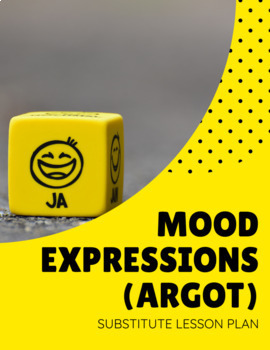 Mood Expressions in Castilian Spanish Argot Sub-Plan
Mood Expressions in Castilian Spanish Argot Sub-Plan
By the end of this activity, students will know how to use several expressions of mood in Castilian Spanish argot, or slang and conjugate reflexive verbs as well as other grammar points while speaking in conversational Spanish.
Spanish Substitute Lesson Plans for Intermediate-Advanced Students
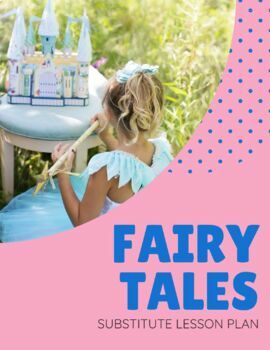 Fairy Tales Substitute Lesson Plan
Fairy Tales Substitute Lesson Plan
By the end of this activity, students will demonstrate their understanding of the differences between the preterite and imperfect tenses by writing their own Spanish sentences. The students will create their own fairy tale in Spanish, using the past tense.
 My Favorite Recipe – Spanish Sub Lesson Plan for Intermediate Students
My Favorite Recipe – Spanish Sub Lesson Plan for Intermediate Students
Students will begin the lesson by reviewing a Quizlet of common cooking vocabulary. Give them 10 minutes to review this list and practice with any of the activities available. Then, students will review a series of videos from the Spanish teacher Señor Flax. The videos will provide students with practice to be able to write their own recipes in Spanish. Many of the videos also have Quizlet and Edpuzzle reviews which the students can complete. After practicing with these videos, students will work on recreating their own favorite dish by making a recipe card in English and Spanish.
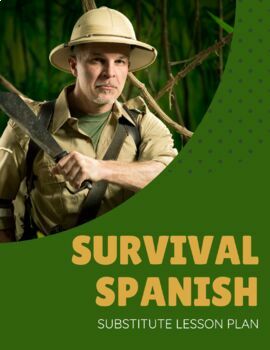 Survival Spanish – Spanish Sub Lesson Plan for Intermediate Students
Survival Spanish – Spanish Sub Lesson Plan for Intermediate Students
The students will begin the lesson with a discussion of what kinds of topics they feel are the most important for people to know when using Spanish outside the classroom. They will identify topics or conversations, grammar, verbs, and vocabulary. They will then break into groups of 3 or 4 and select topics from the class discussion to create their own learning guides for “survival Spanish.” They will choose a presentation method they wish to use and add their own creative flare while working collaboratively to create their guides.
By the end of this activity, students will understand the concept of rhyme scheme and apply their knowledge to examples of poetic language in both Spanish and English. The students will have the opportunity to write their own short verse following a rhyme scheme of their own selection, in Spanish, and then translate it to English.
 Learning by Teaching Grammar – Spanish Sub Lesson Plan for Intermediate Students
Learning by Teaching Grammar – Spanish Sub Lesson Plan for Intermediate Students
One of the best ways to learn something is to teach it. With this old adage in mind, students will focus on a particular grammar concept they will find difficult. By breaking the concept down into smaller parts, students will gain a deeper understanding of the concept that they found difficult and perhaps even help others understand the concept better, reinforcing their own knowledge.
Click here for more Spanish Lesson Plans.
 Poetry Writing Sub-Plan
Poetry Writing Sub-Plan